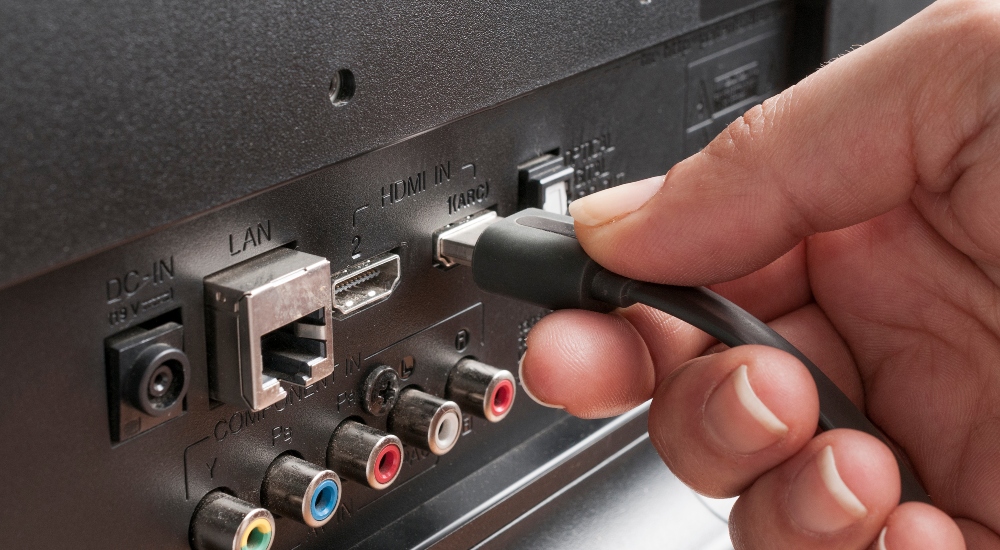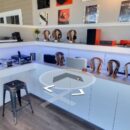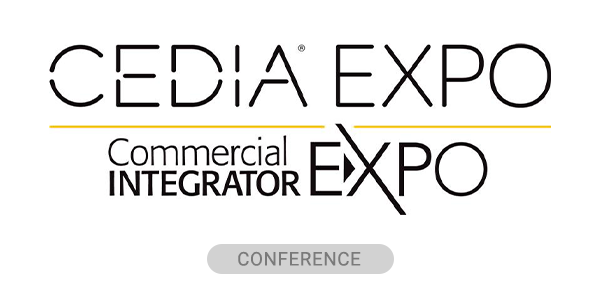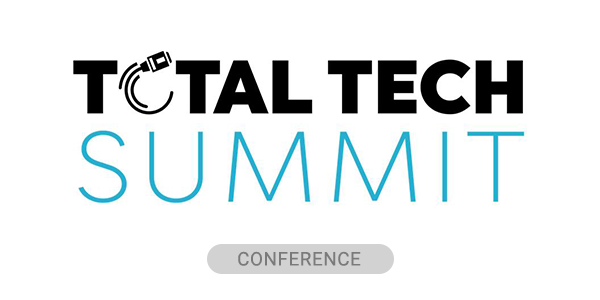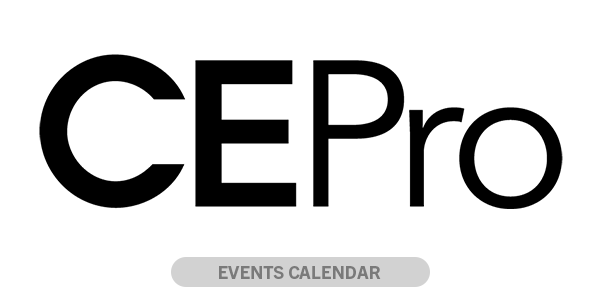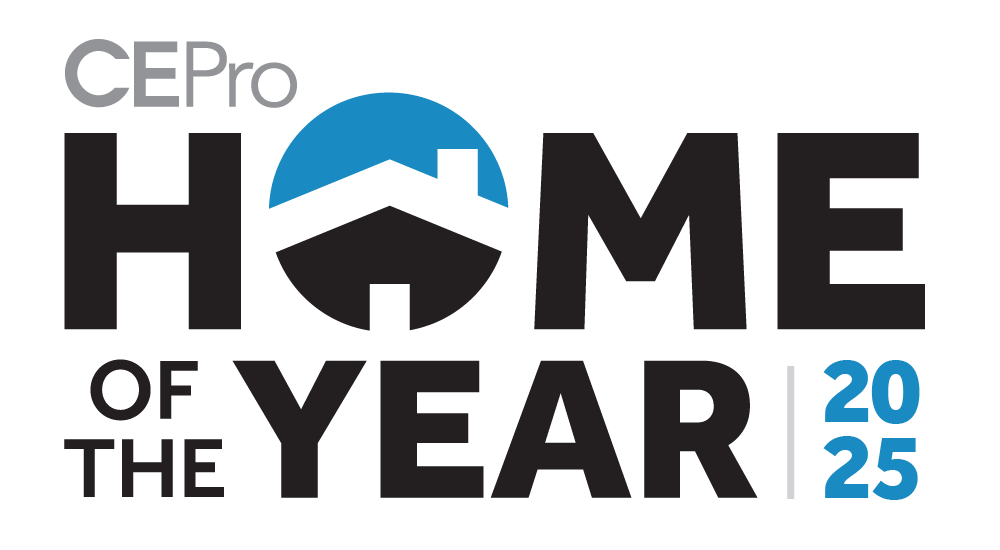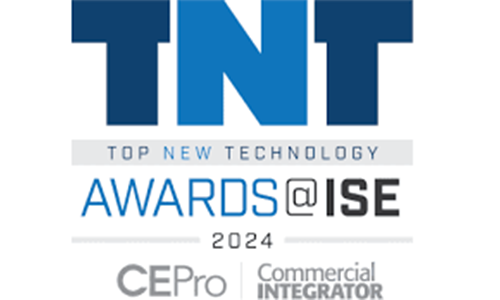Since HDMI’s earliest days, every new revision has followed a familiar cycle: a major announcement — often at CES in January — followed by a wave of media buzz. Some are quick to celebrate the news, while others jump in with skepticism. History shows that these revisions often take time before they actually reach the consumer market, however, and with the introduction of HDMI 2.2, as well as the historical nature of these announcements, it will most likely be quite some time before promised features like Ultra 96.
In DPL’s opinion, that delay hurts AV consumer electronics manufacturers. Once consumers hear about all the new features and improvements, they’re likely to hold off on making a purchase — sometimes for years, at least until the updated products and content are finally available.
The HDMI 2.2 Specification Still Isn’t Entirely Finalized
This circles back to the specification, which still needs to be finalized — along with the CTS (Certified Test Specification) that defines how these products are to be tested — if there’s hope of them working in harmony. If it follows the same path as HDMI 2.1, we could be in for a wait. At press time, there had been reports that the final CTS for 2.2 has not been released, as manufacturers scrambled to push products to market just to be “first.” Even now, we’re beginning to see products being hastily released — many seemingly tossed out just to see what sticks.
Then there’s the cable situation, a longstanding sore spot for this interface from the very beginning. The push for fiber development exploded during the move to 8K, driven by the massive 48Gbps data rates. Doubling that to 96Gbps only adds more strain, meaning that most cable solutions will must be severely limited in length or designed as active cables to reliably carry such high-speed signals to compatible sink devices.
Ultra 96 Could End Up Like ‘Cable Power’
Power limitations were also a big issue with HDMI 2.0 and 2.1. Eventually, after what was likely significant pressure from across the industry, HDMI announced a new feature under 2.1b called “Cable Power.” This was intended to boost the low output current limitations of previous specs and provide enough power to support active cable technologies. It was introduced back in August 2023, yet as of this writing, there’s still no clear evidence of it being implemented in any source devices.
Will the industry adopt this feature? Or have they done so quietly, without public acknowledgment? DPL outreach to several active HDMI cable manufacturers has turned up no official announcements or confirmations of HDMI Cable Power support.
Meanwhile, consumers and custom integrators are trying to wrap their heads around these new Ultra 96 offerings. For the average TV buyer, the question remains whether all this extra bandwidth and resolution delivers meaningful value. And with 16K hardware and content still a long way off, it’ll be some time before these advancements make their way into living rooms. So, DPL Labs will be monitoring the Ultra 96 progress and will report on any significant information as it comes in.
